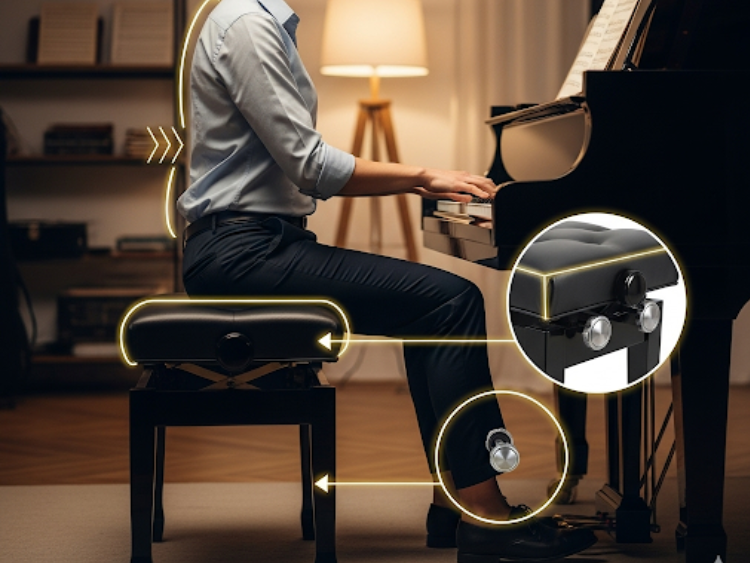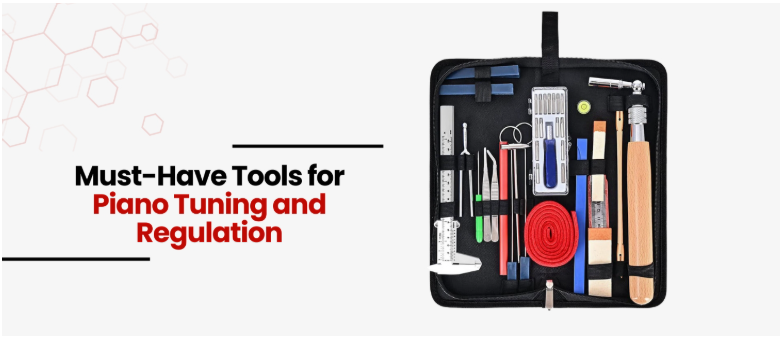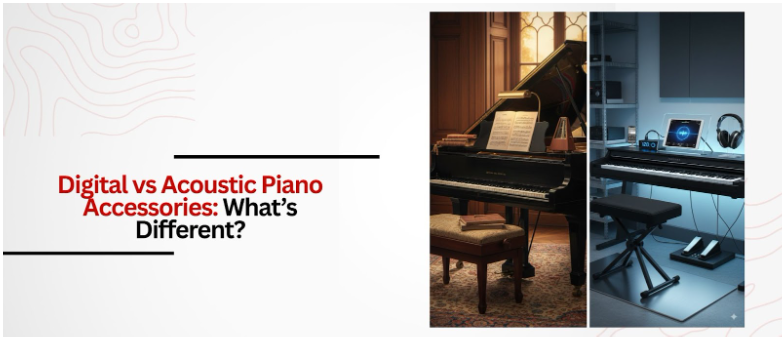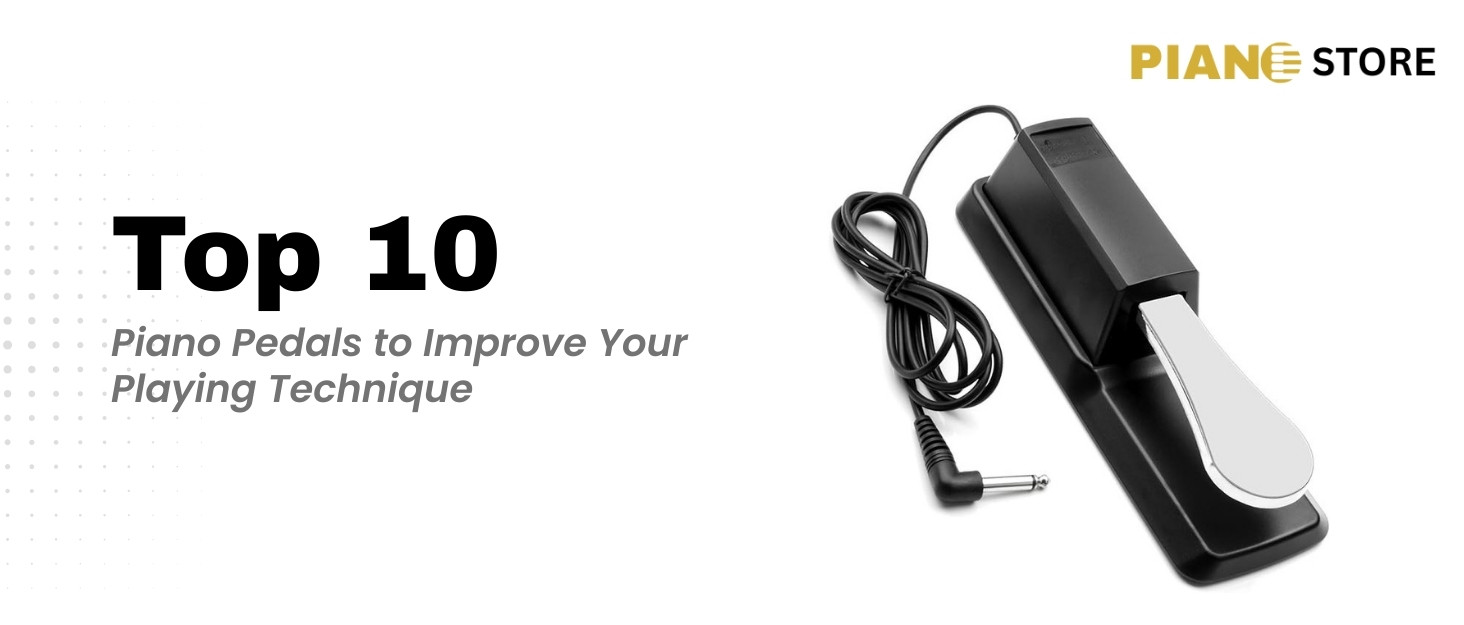How to Choose the Right Piano Bench for Comfort and Posture
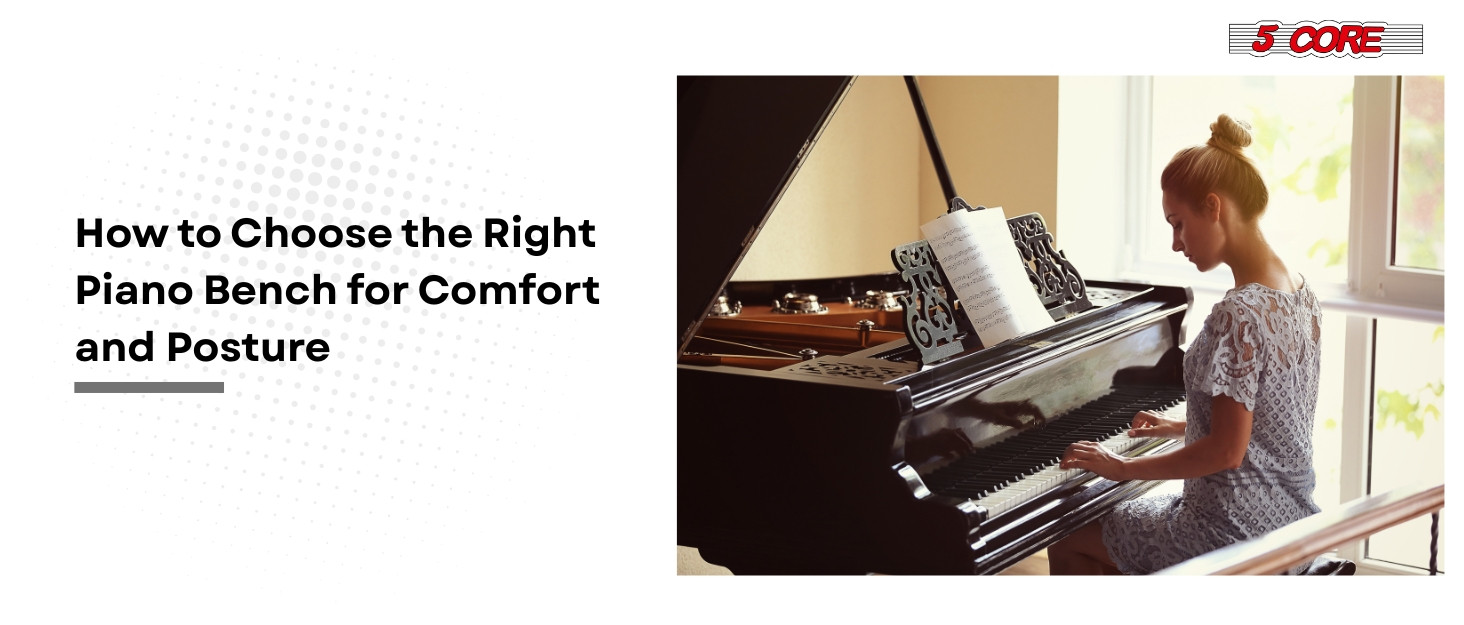
Finding the right piano bench may seem secondary to choosing your instrument, but it plays a crucial role in both comfort and playing posture. Just like a best drum throne enhances a drummer’s endurance, a proper piano bench supports pianists during long practice or performance sessions. This piano bench guide explores the different types of benches, key ergonomic features, and how to select one that aligns with your musical lifestyle.
Why Bench Selection Matters for Pianists
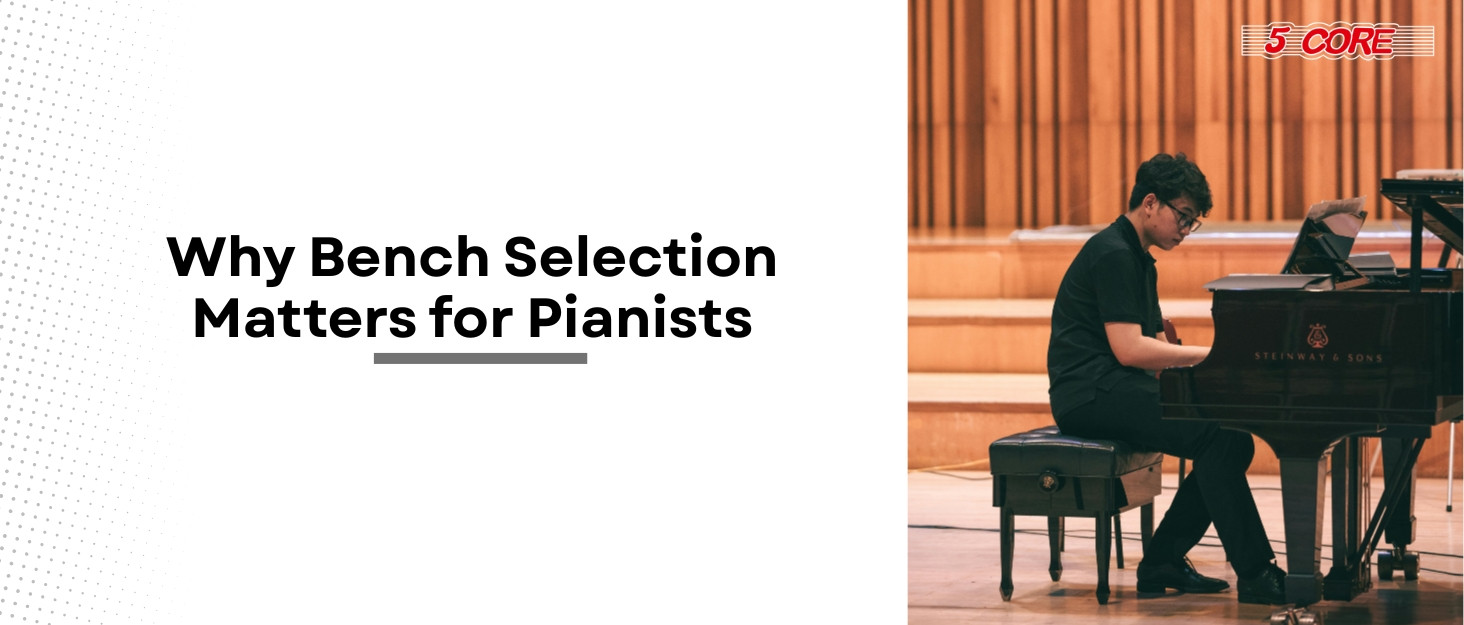
According to Wikipedia, the piano bench is a specially designed seat that allows proper alignment between the pianist's body and the keyboard. Poor bench selection may lead to posture issues, fatigue, and even repetitive strain injuries. In contrast, an ergonomic, adjustable piano bench promotes better arm positioning and helps avoid hunching—a critical factor for children and adults alike.
In fact, studies in music ergonomics, according to PubMed, suggest that correct bench height and lumbar support can reduce muscle strain in the back and shoulders, leading to longer, pain-free sessions at the piano.
Types of Piano Benches
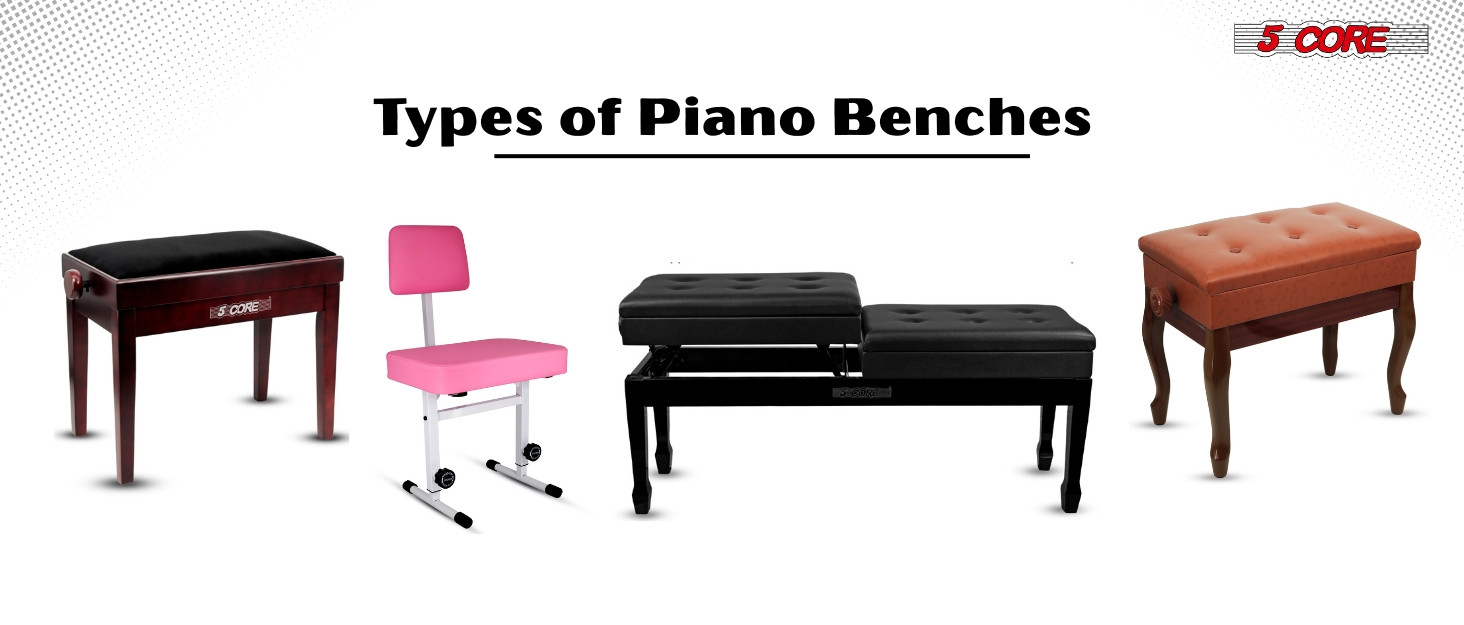
1. Fixed Wooden Benches
These classic benches come with a sturdy wooden frame and no height adjustment. While aesthetically pleasing, they are best suited for shorter play durations or informal home setups.
2. Adjustable Benches
These include knobs or hydraulic systems that allow for flexible height adjustment. They're highly recommended for students, professionals, or shared-use environments like studios and music schools. Choosing an adjustable piano bench is especially valuable for young learners or shared settings.
3. Duet Benches
Wider than traditional benches, duet benches allow two players to sit side by side. Some models are also adjustable, making them great for teaching.
4. Foldable and Portable Options
For traveling musicians or those with limited space, foldable benches offer convenience without sacrificing essential support.
What to Look for in a Comfortable Piano Bench
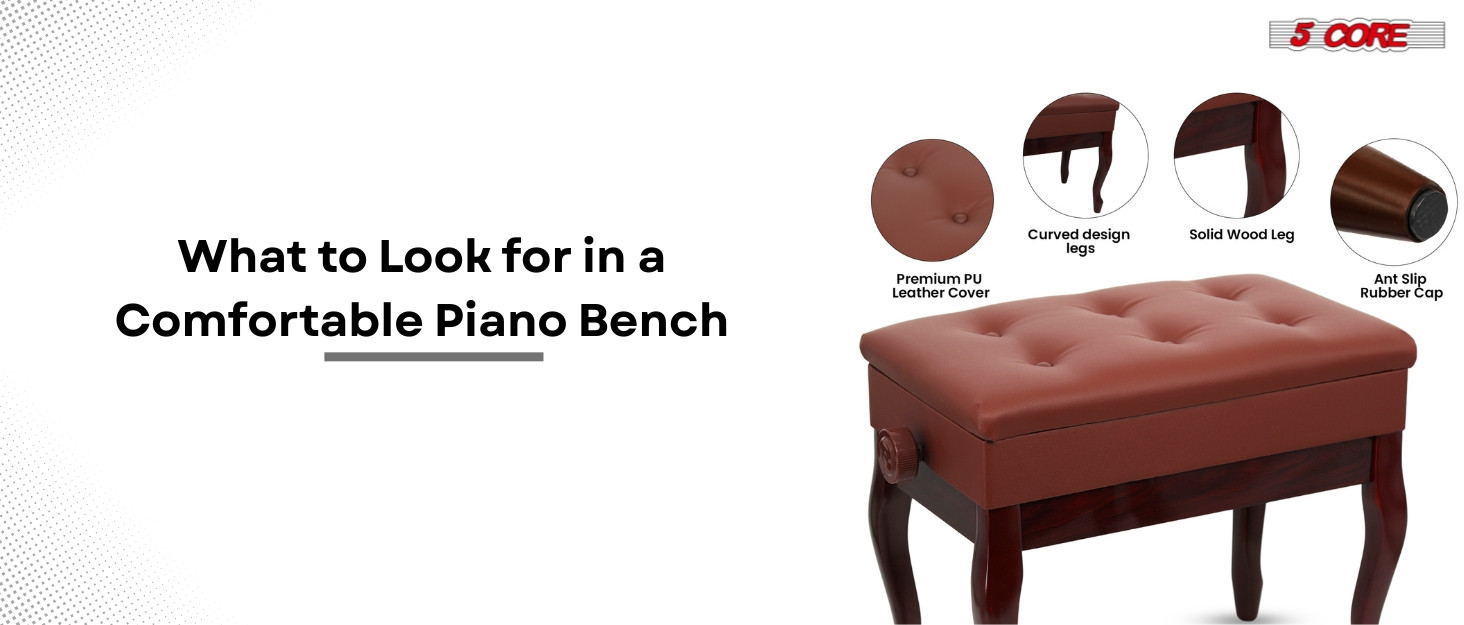
Ergonomics:
Much like the comfortable drum seat preferred by percussionists, your piano bench for posture should encourage an upright stance with relaxed shoulders and elbows at or just above the keys. Height-adjustable benches allow users of all sizes to find an ideal position.
Padding and Material:
Choose a bench with adequate foam padding and a non-slip surface. Leather or high-quality vinyl upholstery is both durable and easy to clean. Benches modeled after drum throne styles—thick, cushioned seats—offer enhanced comfort during long recitals.
Frame Stability:
A wobbly or lightweight bench can cause distraction. Opt for solid wood or metal frames with rubber footings for floor grip and minimal noise.
Storage Features:
Some models offer built-in storage beneath the seat—ideal for books and sheet music, especially in compact living spaces.
Height and Posture: The Core of Piano Comfort
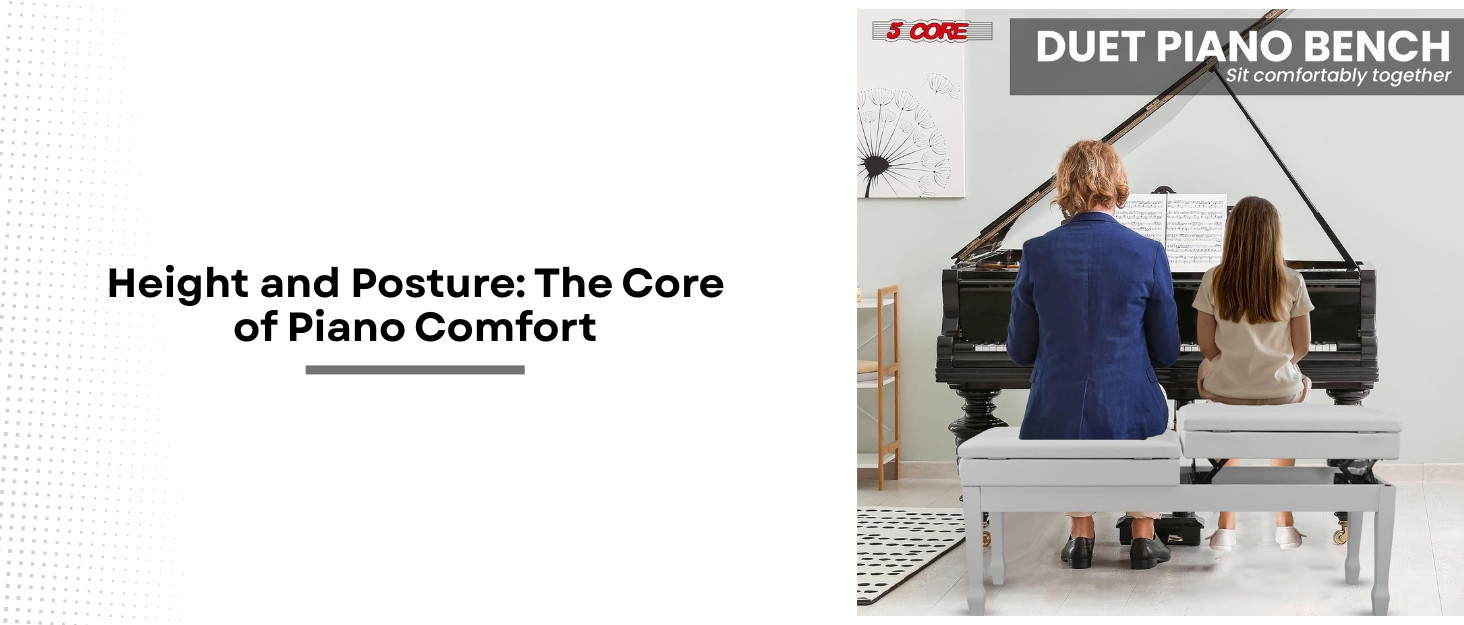
The ideal height is typically one where your elbows are parallel to the keys, and your feet rest flat on the floor or a footstool (for younger players). A misaligned seat can tilt your torso forward or backward, increasing the risk of back strain over time. That's why an adjustable piano bench is highly recommended for anyone concerned about comfort and long-term health.
A 2023 report by Statista on the U.S. home furniture market shows that consumers increasingly prioritize ergonomic and adjustable seating, especially in home music studios and remote learning setups. This reinforces the demand for properly engineered seating solutions, and a well-designed piano bench for posture delivers the same benefits for musicians as ergonomic chairs do for office workers.
Piano Bench vs. Regular Seat: Why It Matters
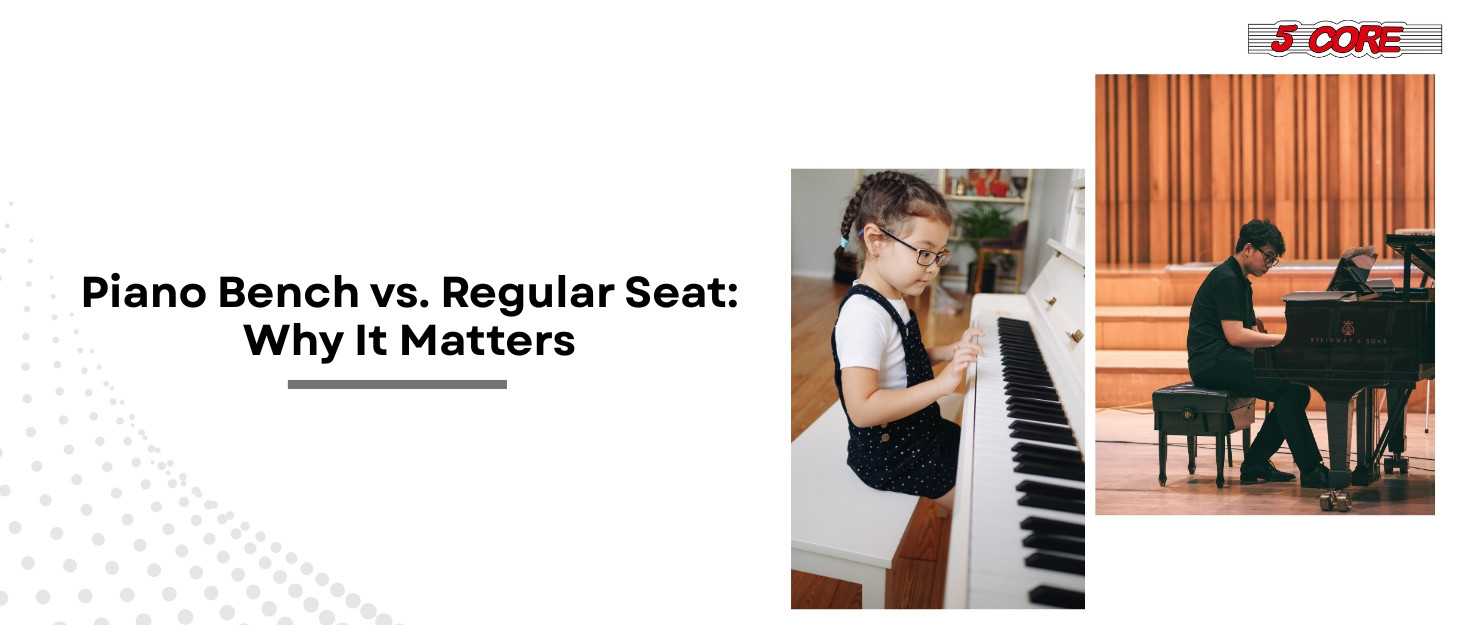
While it may be tempting to use a dining chair or stool, these often lack the necessary height alignment and padding. Just as musicians benefit from using a proper drum seat instead of a regular chair, pianists require equipment designed specifically for their performance posture.
Regular seats may also have arms, which obstruct natural hand movement and may cause excessive lean or pressure points, impacting playing fluidity. For optimal comfort and health, following this piano bench guide is key.
Conclusion
Choosing the right piano seat is as critical as selecting your instrument. The right design promotes comfort, supports proper posture, and enables longer, healthier playing sessions. Whether you're a beginner or a seasoned pianist, investing in a quality adjustable piano bench—engineered for function and durability—can transform your playing experience. Prioritize ergonomics, padding, and build quality the way musicians prioritize their seating, and you’ll play better—and healthier—for years to come with a piano bench for posture designed with your well-being in mind.
Elevate your playing posture and comfort—discover performance-ready seating with 5 Core Drum Thrones today.
